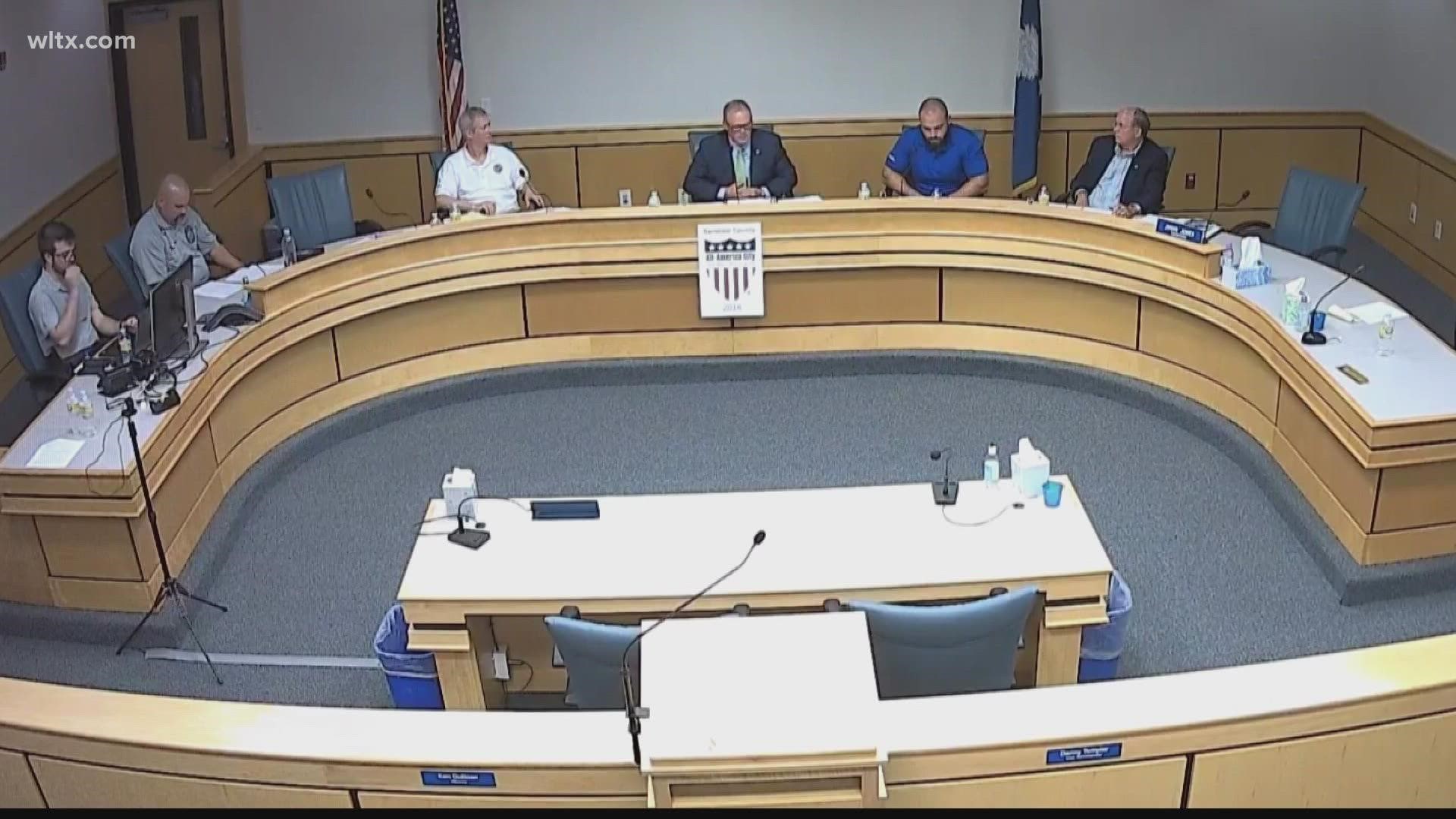COLUMBIA, S.C. — The Town of Elgin held a virtual meeting Wednesday to discuss the swarm of earthquakes to hit the area since December.
A panel of experts -- including the South Carolina Department of Natural Resources, Duke Energy, SCDOT, and an insurance agent -- answered as many questions as they could.
They told residents there are limited protections for mobile homeowners related to earthquake insurance. They also talked about Lake Wateree and that the dam is secured, safe and has regular checks.
There have been 70 earthquakes that have struck the Lugoff-Elgin area since late December. The strongest of these was a 3.6 tremor that struck in early July. It was also the strongest quake in South Carolina in eight years.
Experts suggest the quakes are part of a swarm that appears to be the longest in the state's history. The quake has also brought with it more widely felt rumbles that included magnitudes in the mid-threes. Some of those were felt as far away as Charlotte.
What's causing the swarm is still being researched, but earlier this month, the South Carolina Department of Natural Resources released a report that suggested the nearby Lake Wateree could be responsible. They believe the initial earthquake in late December may have allowed water from the Wateree River to seep into new cracks that opened from the original December earthquake, which has now set off additional tremors in the area.
Researchers have set up recording devices in the area to gather more data about the quakes.
Earthquakes happen throughout the state but most occur near the coast. Approximately 70 percent of earthquakes are in the coastal plain, with most happening in the Lowcountry.
Back in 1886, Charleston was hit by a catastrophic earthquake. It had an estimated magnitude of 7.3, and was felt as far away and Cuba and New York. At least 60 people were killed, and thousands of building were damaged.

